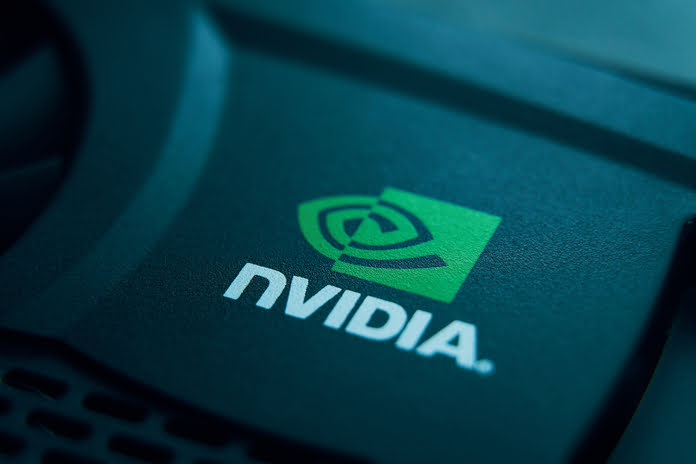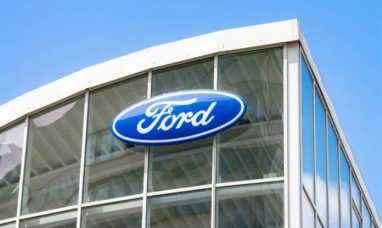Nvidia’s (NASDAQ:NVDA) significant stock repurchases have raised concerns among some analysts about the company’s ability to fund vital research and development (R&D) initiatives. However, a closer look at Nvidia’s financials suggests that these concerns may be misplaced. In the fiscal second quarter, Nvidia’s free cash flow reached record levels, and the company’s spending on R&D also set new records. Even after allocating $3 billion for stock buybacks, Nvidia had approximately $1 billion remaining.
The worry with technology companies engaging in large-scale share repurchases and dividend payouts is that it may signal a lack of attractive investment opportunities and a potential slowdown in growth. Nvidia recently announced plans to allocate $25 billion for stock repurchases, which is more than five times the profits it generated in its last fiscal year.
Despite the substantial cash outlay for buybacks, some analysts are not overly concerned. Harding Loevner, a fund manager with significant holdings in Nvidia, views the company’s cash generation as robust and believes that the buybacks are a way for Nvidia to demonstrate its financial strength to the market.
However, there are valid concerns that Nvidia might be buying back its own shares at inflated prices. The company’s stock price has tripled this year, leading to worries that it might be overpaying. Research Affiliates has even suggested that Nvidia’s valuation, at 35 times trailing sales, is “priced beyond perfection.”
Looking ahead, Bloomberg estimates that Nvidia could generate approximately $38 billion in free cash flow in fiscal 2025, compared to about $23 billion in the current fiscal year. This robust cash flow projection suggests that Nvidia will have ample funds to support R&D efforts and continue stock buybacks.
Nvidia faces competition in the artificial intelligence accelerator market from rivals like Advanced Micro Devices (NASDAQ:AMD) and Intel. While AMD spent less than Nvidia in the second quarter and had a smaller share of free cash flow, Intel is making significant investments to enhance its competitive position. Nevertheless, Nvidia’s leadership in AI chip production is expected to drive revenue growth, providing the company with the financial resources to invest in both its balance sheet and future initiatives.
In summary, while concerns about Nvidia’s stock buybacks affecting its ability to fund R&D exist, the company’s strong cash flow and market leadership suggest that it can manage both buybacks and investments in its future growth effectively. Ladenburg Thalmann Asset Management emphasizes the prudence of using a portion of Nvidia’s substantial free cash flow to fortify its balance sheet while also investing in the company’s future.
Featured Image: Megapixl














